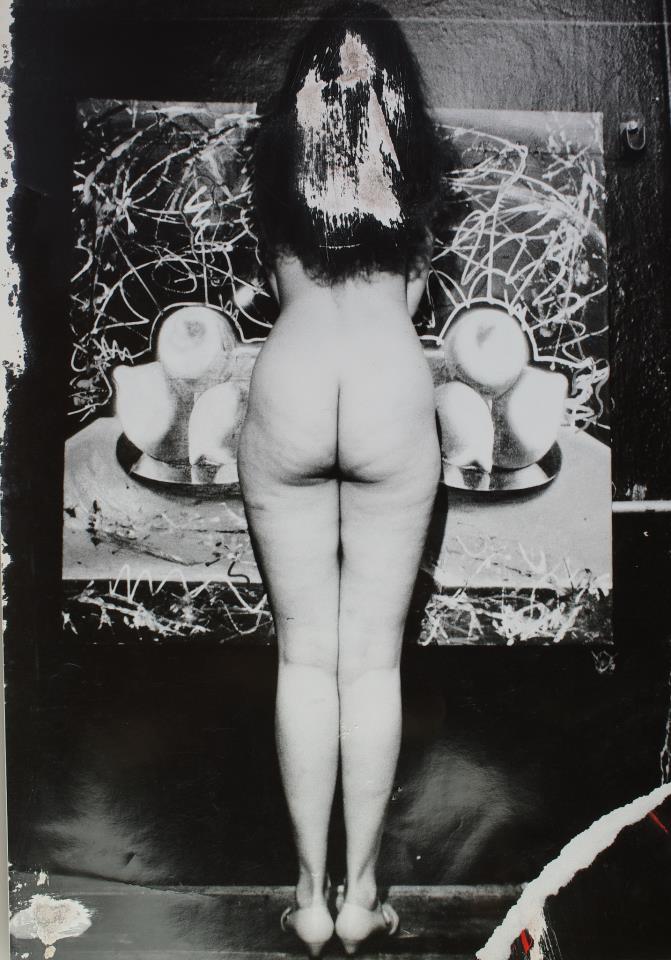Dualism
The conception of dualism in art is based on the principles of the “Emerald Scrolls” (Laws) of the ancient Greek priest Hermes Trismegistes and also on the idealistic philosophy of Plato (his tenets on the world of ideas).
The principle of sex in the “Emerald Scrolls” makes it possible to consider the world as the incarnation of a struggle between antinomies or opposites – male or female, active or passive. The world is created by means of an equilibrium and balance between what are in their essence two poles. Harmony, which is something neuter and androgenous, arises from the opposition between active and passive, dynamic and static.
The meaning of the whole system of dualism consists every time in the search for extremes – theses and antitheses – and in the creative effort to connect these opposites, these focusedflowing energies (for all things are concentrations of cosmic vibrations – energies).
The system of dualism is substantially different from surrealism which linked mechanically objects rather distant from each other in meaning or else constructed collections of mental paradoxes. Dualism is not satisfied with the elementary shock of Dadaism (the artistic practice of Picabia or the manifestoes of the theorist of the theatre, Antonin Artaud). Dualism is an analytical tendency, reconstructing the world.
In the beginning of the 20th century the Russian avant-gardist, Pavel Nikolaevich Filonov, developed the principles of the school of analytical naturalism. Dualism develops the principles of analytical idealism, which brings its practice close to the ideas of Steiner’s anthroposophy and the tenets on “objective art” of Georgy Gurdjieff. Dualism approximates to the art of the mantra. This movement towards the absolute eternal and unmoving brings closer the antinomies, the theses and antitheses. Styles and forms may be changed or compared with each other, but the basic aim always remains the discovery of the “meaning between two meanings”, what is called the unsaid word, the Word hovering between the lines, the coming forth of the Logos through the balancing and equilibrium in the course of the transfiguration of tragedy into mystery.
The symmetry of the evident or hidden opposites invariably manifests itself in the Universe as the force of the Law of Balance or Harmony or of General Order. The material world of things as a likeness (symbolic expression) of the world of ideas is an endless alternation of illusions. What is real and what is only a reflection, a copy of the real? We dwell in captivity to quantities, in a kingdom of illusions multiplied as if by mirrors. For this reason it is important in art to show at the junction of two plans of existence – the real and the metaphysical – a certain intermediate “mediumic” condition of human consciousness.
1990, London
Свидетельство о публикации №113012510493

